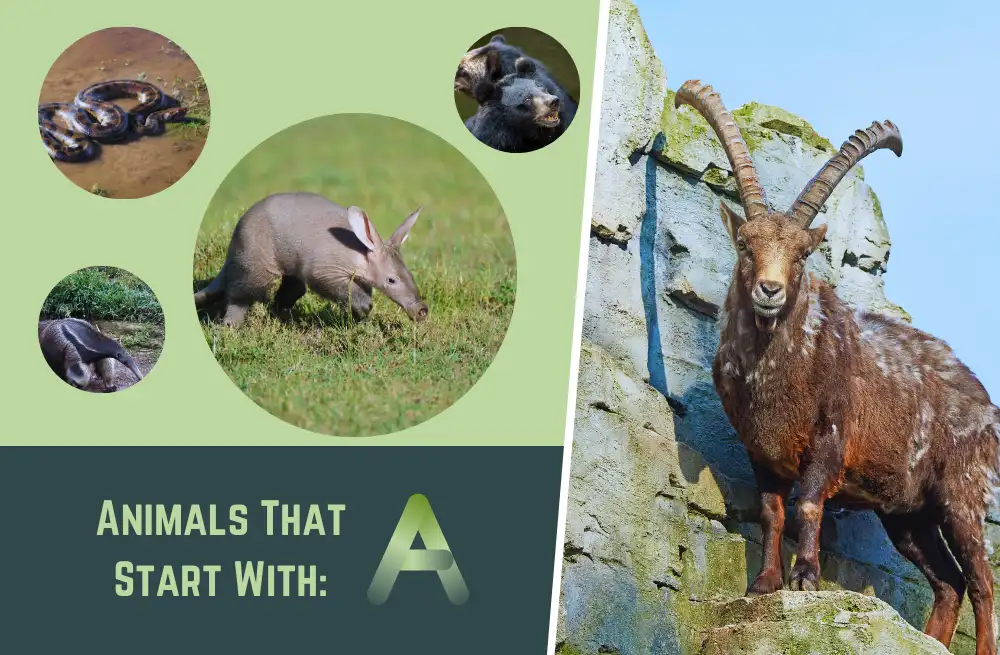Discover The Wonder Of Animals: A Comprehensive Guide To Animal Life

Table of Contents
Understanding Animal Classification
Animal classification, also known as animal taxonomy or biological classification, is the system scientists use to organize and understand the vast array of animal life on Earth. The most widely used system is the Linnaean system, a hierarchical structure that groups animals based on shared characteristics.
The Linnaean System
This system organizes animals into a series of nested ranks: Kingdom, Phylum, Class, Order, Family, Genus, and Species. Each level becomes increasingly specific, with species representing the most precise level of classification, encompassing organisms that can interbreed and produce fertile offspring.
- Mammals: Characterized by fur or hair, mammary glands, and typically live birth. Examples include elephants, whales, and bats.
- Birds: Distinguished by feathers, wings, beaks, and laying eggs. Examples include eagles, penguins, and hummingbirds.
- Reptiles: Typically have scales, lay eggs, and are cold-blooded (ectothermic). Examples include snakes, lizards, and crocodiles.
- Amphibians: Begin life in water with gills and later develop lungs for life on land. Examples include frogs, toads, and salamanders.
- Fish: Aquatic vertebrates with gills and fins. Examples include sharks, tuna, and goldfish.
- Invertebrates: Animals without a backbone, representing the vast majority of animal species. Examples include insects, crustaceans, mollusks, and arachnids. Understanding animal phylogeny, the evolutionary relationships between different animal groups, further enhances our comprehension of animal taxonomy.
Exploring Diverse Animal Habitats
Animals have colonized virtually every corner of the planet, adapting to an incredible array of habitats. Their survival is intrinsically linked to the health and diversity of their ecosystems.
Terrestrial Habitats
Terrestrial habitats, encompassing land-based environments, exhibit vast diversity.
- Forests: From lush rainforests teeming with primates and insects to coniferous forests home to bears and wolves, forests support a wide range of species.
- Grasslands: Open areas dominated by grasses, supporting grazing animals like zebras and bison, as well as predators like lions and cheetahs.
- Deserts: Arid regions with sparse vegetation, home to specialized animals adapted to extreme heat and water scarcity, such as camels and scorpions.
- Mountains: High-altitude environments with unique flora and fauna adapted to cold temperatures and thin air, such as yaks and mountain goats. Animal ecosystems are complex and interconnected, demonstrating the importance of habitat diversity.
Aquatic Habitats
Aquatic habitats encompass both freshwater and marine environments.
- Freshwater: Rivers, lakes, and wetlands support diverse communities of fish, amphibians, reptiles, and invertebrates.
- Marine: Oceans and seas provide habitats for an astonishing array of life, from microscopic plankton to enormous whales, including vibrant coral reefs and the mysterious depths of the deep sea. Many animals exhibit remarkable adaptations to survive in these diverse aquatic environments.
The unique challenges of each habitat have driven the evolution of specialized animal adaptations.
Amazing Animal Adaptations
Animals exhibit a breathtaking array of adaptations – physical and behavioral traits that enhance their survival and reproductive success.
Physical Adaptations
These are structural features that improve an animal's chances of survival.
- Camouflage: Allows animals to blend seamlessly with their environment, evading predators or ambushing prey. Examples include chameleons and stick insects.
- Mimicry: Animals resemble other organisms, often to deter predators. Examples include viceroy butterflies mimicking monarch butterflies.
- Specialized Body Parts: Beaks adapted for specific feeding strategies in birds, claws for digging or climbing in mammals, and teeth specialized for carnivory or herbivory are prime examples.
Behavioral Adaptations
These are actions or patterns of behavior that increase survival and reproductive success.
- Migration: Seasonal movement of animals to exploit resources or escape harsh conditions. Birds migrating south for winter is a classic example.
- Hibernation: A state of dormancy during cold periods to conserve energy. Bears and other mammals are known to hibernate.
- Social Structures: Complex social organizations, like those of wolves or ants, enhance hunting, defense, and reproduction. Communication methods, whether through vocalizations, pheromones, or visual displays, are also crucial adaptations.
The Importance of Animal Conservation
The incredible diversity of animal life faces numerous threats, underscoring the critical need for conservation efforts.
Threats to Animal Life
- Habitat Loss: Destruction and fragmentation of natural habitats due to deforestation, urbanization, and agriculture.
- Pollution: Air, water, and soil pollution poison ecosystems and harm wildlife.
- Climate Change: Altering weather patterns and disrupting ecosystems, leading to habitat loss and species extinction.
- Poaching: Illegal hunting and wildlife trafficking threaten numerous species.
- Invasive Species: Non-native species that outcompete native animals for resources.
Conservation Efforts
Many organizations and individuals are working to protect animal life.
- Protected Areas: National parks and wildlife reserves provide safe havens for endangered species.
- Captive Breeding Programs: Breeding endangered animals in zoos and other facilities to bolster populations.
- Anti-Poaching Initiatives: Combating illegal hunting and wildlife trade.
- Sustainable Practices: Promoting environmentally friendly practices to minimize human impact on wildlife habitats. Biodiversity conservation is crucial for maintaining healthy ecosystems and securing the future of animal life.
Conclusion
This exploration of animal life has showcased the incredible diversity, fascinating adaptations, and the crucial role of conservation. We’ve discovered the wonder of animals through their classification, diverse habitats, and remarkable adaptations. However, understanding the threats to wildlife underscores our responsibility to protect these amazing creatures. Continue to Discover the Wonder of Animals by exploring further resources, supporting conservation organizations, and making conscious choices to protect our planet's incredible biodiversity. Learn more about animal conservation and discover the wonder of animals in your own backyard!

Featured Posts
-
 Whos Back For Landman Season 2 Cast Updates Confirmed
May 13, 2025
Whos Back For Landman Season 2 Cast Updates Confirmed
May 13, 2025 -
 2025 Texas Rangers Baseball Where To Watch Schedule And Blackout Restrictions
May 13, 2025
2025 Texas Rangers Baseball Where To Watch Schedule And Blackout Restrictions
May 13, 2025 -
 Sabalenkas Miami Open Victory 19th Wta Title Secured
May 13, 2025
Sabalenkas Miami Open Victory 19th Wta Title Secured
May 13, 2025 -
 Celebrity Income Disparity The Case Of Colin Jost And Scarlett Johansson
May 13, 2025
Celebrity Income Disparity The Case Of Colin Jost And Scarlett Johansson
May 13, 2025 -
 Byds Rise Fords Decline And The Future Of Evs In Brazil
May 13, 2025
Byds Rise Fords Decline And The Future Of Evs In Brazil
May 13, 2025
